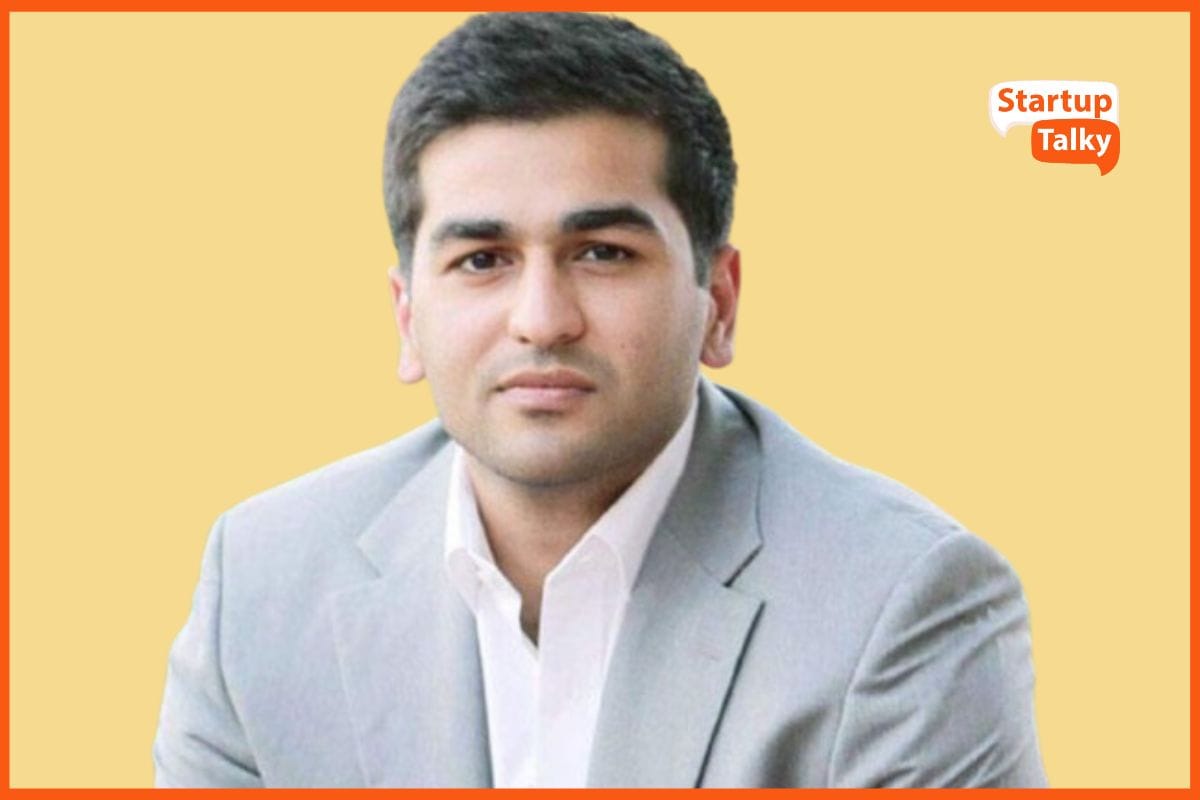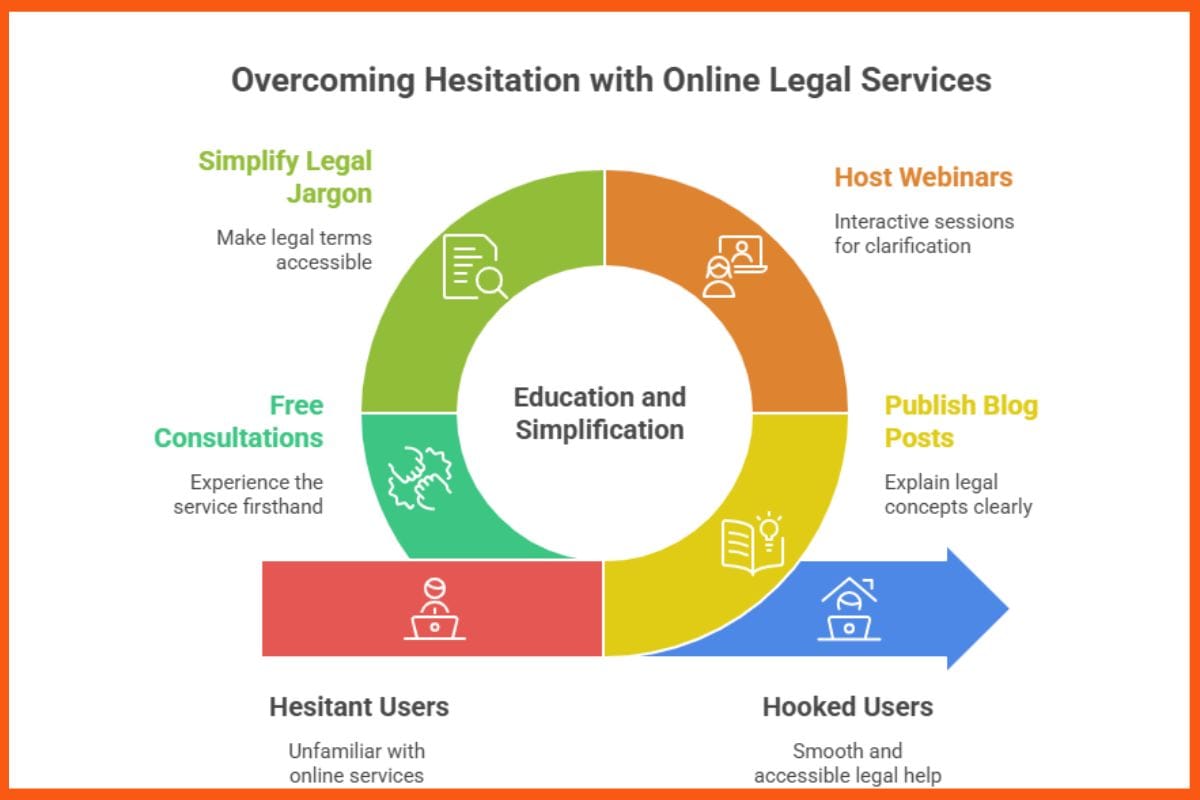India’s startup and business ecosystem on 17th September 2025 witnessed notable funding activity across AI, fintech, consumer brands, and gaming, alongside major corporate developments. Key highlights include EvoluteIQ’s $53 million Series B led by Baird Capital, FinBox raising $40 million in a WestBridge-led round, and Urban Company’s impressive stock market debut with a 58% listing premium. Meanwhile, Groww filed for a massive IPO, Ford announced job cuts at its German EV plant, and a corporate fraud scandal involving former CFO Ramesh Prabhu made headlines.
Daily Indian Funding Roundup – 17th September 2025
| Company | Amount | Round | Lead investor(s) | Sector |
|---|---|---|---|---|
| EcoSoul Home | $20 Mn | Equity & debt | Not specified | Home & lifestyle |
| FinBox | $40 Mn | Series B | WestBridge | Fintech / Lending |
| Supply6 | $1.1 Mn | Seed | Zeropearl VC | Supply chain / Logistics |
| Lucira | $5.5 Mn | Seed / Series A | Not specified | Lab-grown diamond jewellery |
| PlaySuper | $1 Mn | Seed | Singapore-based Chimera | Gaming / Edtech |
| EvoluteIQ | $53 Mn | Series B | Baird Capital | AI / Business automation |
EcoSoul Home raises $20 Mn through equity and debt
EcoSoul Home, a home and lifestyle brand, has secured $20 million through a mix of equity and debt funding. The capital will be used to expand its product portfolio, strengthen manufacturing capabilities, and scale distribution across India. The funding aims to enhance customer experience and support new strategic initiatives to drive growth in the home and lifestyle segment.
FinBox raises $40 Mn in Series B round led by WestBridge
FinBox, a fintech platform providing lending and credit solutions, raised $40 million in its Series B round led by WestBridge. The funding will support the company in expanding its technology infrastructure, enhancing its digital lending products, and growing its customer base across India. It also aims to accelerate partnerships with banks and financial institutions for broader market penetration.
Supply6 raises $1.1 Mn in seed round led by Zeropearl VC
Supply6, a startup focused on supply chain and logistics solutions, raised $1.1 million in a seed funding round led by Zeropearl VC. The capital will help the company enhance its technology platform, improve operational efficiency, and onboard new clients. The startup plans to optimize logistics processes for SMEs and e-commerce businesses, ensuring faster, cost-effective supply chain solutions.
Lab-grown diamond jewellery startup Lucira raises $5.5 Mn
Lucira, a brand specializing in lab-grown diamond jewellery, raised $5.5 million to expand its product offerings and enhance manufacturing capabilities. The funding will also help scale its retail presence in India and explore international markets. Lucira aims to make sustainable and affordable diamond jewellery accessible to a wider audience while emphasizing ethical sourcing and innovation in design.
PlaySuper raises $1 Mn in seed round led by Singapore-based Chimera
PlaySuper, a gaming and edtech platform, raised $1 million in a seed round led by Singapore-based Chimera. The funding will be used to develop new gaming and learning features, expand the user base, and improve platform engagement. The startup aims to combine education and entertainment, creating interactive, skill-based games for children and young adults.
EvoluteIQ receives $53 Mn in funding round led by Baird Capital
AI-powered business automation company EvoluteIQ raised $53 million in a Series B round led by Baird Capital. The investment will enable global expansion, R&D innovation, and strategic acquisitions. EvoluteIQ plans to strengthen its AI-driven solutions for banking, insurance, healthcare, and telecom sectors, helping enterprises automate processes, improve efficiency, and scale operations seamlessly.
Key Business News for 17th September 2025
Groww seeks to raise INR 6,000–7,000 crore through revised IPO filing
Groww has filed a revised draft with SEBI to raise INR 6,000–7,000 crore through an IPO, combining a large Offer for Sale with a fresh issue. The company, valued between $7–9 billion, will use proceeds to expand into commodities, wealth management, and margin trading. Backed by global investors like Peak XV, Y Combinator, Ribbit Capital, and Tiger Global, Groww reported strong FY25 results with revenue of INR 4,056 crore and profit of INR 1,824 crore.
Ford to slash 1,000 jobs at German EV plant
Ford announced it will cut around 1,000 jobs at its electric vehicle facility in Cologne, Germany, citing weaker-than-expected EV demand in Europe. The decision comes despite a $2 billion investment in the plant, which will now move from two shifts to a single-shift production from January 2026. High costs and lack of charging infrastructure have slowed EV adoption, pushing the automaker to streamline operations in its European market.
From CFO to fugitive: Ramesh Prabhu’s INR 250 crore corporate heist
Gameskraft Technologies’ former CFO, Ramesh Prabhu, is accused of embezzling INR 250 crore over several years by diverting funds to personal accounts and falsifying investment documents. The money was reportedly used for risky futures and options trades, leading to heavy losses. Prabhu confessed in March 2025 but disappeared soon after, forcing the company to write off the losses and shut down platforms like RummyCulture and Gamezy.
Urban Company lists at 58% premium in stock market debut
Urban Company made a strong entry into the Indian stock market, listing at INR 162.25 per share on NSE, nearly 58% above its issue price of INR 103. The INR 1,900 crore IPO, heavily oversubscribed over 100 times, included both fresh issue and Offer for Sale components. Proceeds will be directed towards technology investments, cloud infrastructure, marketing, and general corporate purposes. The company posted a 38% revenue growth in FY25, along with improved profitability.











